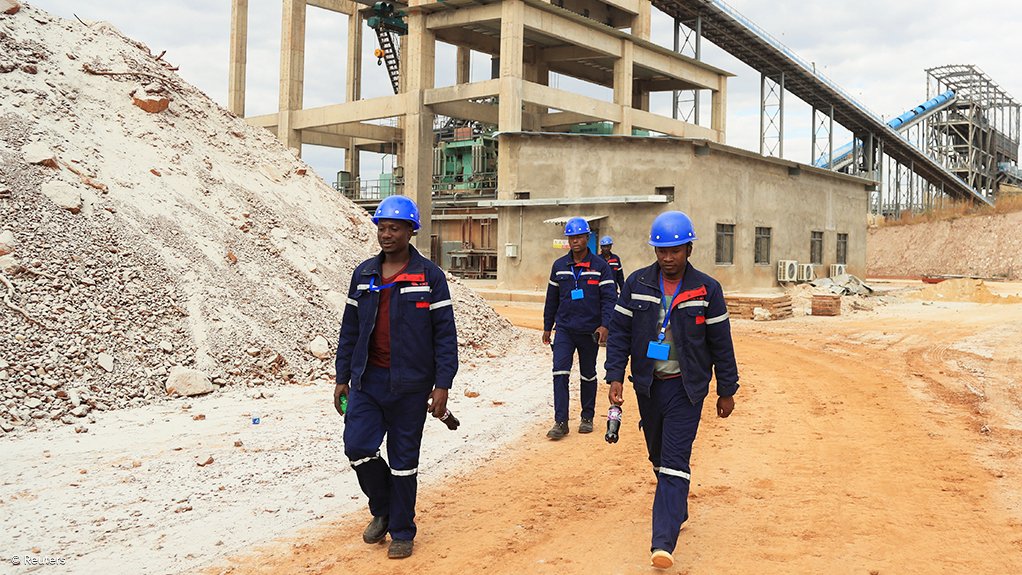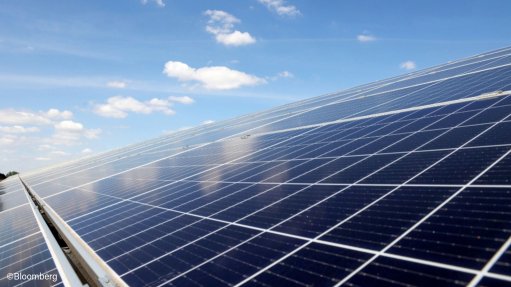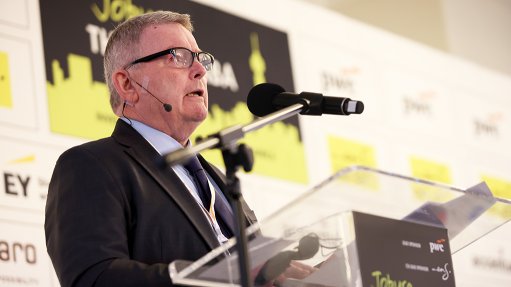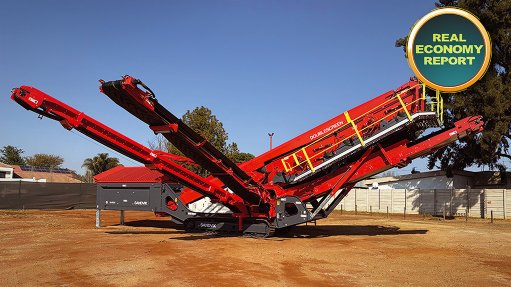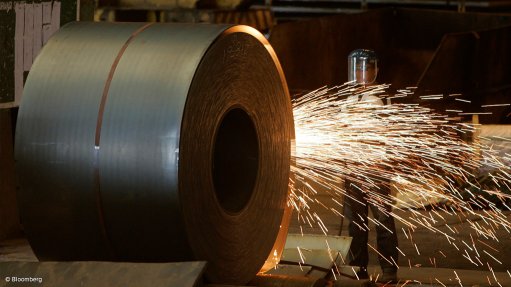China drives African lithium surge to lock in key battery metal
Chinese miners and refiners are driving a surge in African lithium output, shrugging off concerns over a glut to lock in future supplies of the critical battery metal.
The continent is projected to account for almost 11% of global supply this year, compared with close to zero at the start of the decade, according to S&P Global Commodity Insights. That’s projected to increase to more than 14% by 2028.
A spike in lithium prices through 2021 and 2022 fueled a wave of investment by Chinese companies in African production. The metal has since plunged more than 80% after supply increased while sales of electric vehicles lag expectations.
Despite an anticipated global production surplus this year, China — which makes most of the world’s lithium chemicals — continues to expand its refining capacity and is growing more dependent on material from overseas, said Claudia Cook, an analyst at Benchmark Mineral Intelligence. “As there is growing resistance to Chinese involvement in lithium projects in the Western world, Africa is well-positioned to fill this feedstock gap.”
More than two-thirds of the continent’s output comes from Zimbabwe, where Chinese firms, including Zhejiang Huayou Cobalt Co., Sinomine Resources Group Co. and Chengxin Group Co., have spent billions of dollars to commission mines and processing plants. Companies from China or with Chinese backing are also developing projects in Mali, Namibia and Nigeria.
Across Africa, 15 mines that are under development or being expanded are due to be producing by 2030, according to Lukasz Bednarski, S&P’s principal research analyst for lithium and battery metals. Most are “sustainable,” even at current prices, he said.
“It’s really significant growth in the last three years,” Bednarski said.
That new capacity will come online as the market is predicted to return to a deficit, following a peak global lithium surplus in 2027, according to Benchmark.
While production from Zimbabwe is more transparent due to the presence of industrial mines, supply from nations like Nigeria – which until now has exported lithium ore that’s been extracted with rudimentary tools – is harder to track. That country was the second-biggest source of African lithium during the past year and a half, said Thomas Matthews, battery metals analyst at CRU Group.
More than half of Africa’s production last year came from hand-dug or small-scale activity, according to Matthews. That is changing though, with “growth in output from industrial operations expected to eclipse the informal activity,” he said.
Nigeria opened its first lithium processing facility in May and has several more China-backed projects under development, as the government seeks to regulate the trade and maximize revenue.
Low-grade material from Africa made up more than a quarter of all China’s lithium imports on a metal contained basis during the first half of this year, Matthews said.
Western companies are also looking to tap African lithium. Sydney-registered Atlantic Lithium Ltd. is building Ghana’s first lithium mine, supplying concentrate to the US that can benefit from tax credits introduced by President Joe Biden. London-listed Andrada Mining and Canada’s Tantalex Lithium Resources Corp are developing projects in Namibia and Democratic Republic of Congo respectively.
Companies belonging to Algy Cluff – a British businessperson best known for helping pioneer the UK’s offshore oil and gas industry in the 1970s – and Hugh Morgan – an Australian entrepreneur who headed a copper and nickel miner that was acquired by BHP Group for A$9.2-billion 20 years ago – are also aiming to produce significant volumes of lithium in Zimbabwe and Nigeria.
While Australia, Chile and China are expected to make up about 70% of total supply this year, African mines will help reduce their share to just over half by the decade’s end, according to Benchmark’s Cook.
The continent’s rising prominence “represents a wider trend in the diversification of where lithium is being produced,” she said.
Comments
Press Office
Announcements
What's On
Subscribe to improve your user experience...
Option 1 (equivalent of R125 a month):
Receive a weekly copy of Creamer Media's Engineering News & Mining Weekly magazine
(print copy for those in South Africa and e-magazine for those outside of South Africa)
Receive daily email newsletters
Access to full search results
Access archive of magazine back copies
Access to Projects in Progress
Access to ONE Research Report of your choice in PDF format
Option 2 (equivalent of R375 a month):
All benefits from Option 1
PLUS
Access to Creamer Media's Research Channel Africa for ALL Research Reports, in PDF format, on various industrial and mining sectors
including Electricity; Water; Energy Transition; Hydrogen; Roads, Rail and Ports; Coal; Gold; Platinum; Battery Metals; etc.
Already a subscriber?
Forgotten your password?
Receive weekly copy of Creamer Media's Engineering News & Mining Weekly magazine (print copy for those in South Africa and e-magazine for those outside of South Africa)
➕
Recieve daily email newsletters
➕
Access to full search results
➕
Access archive of magazine back copies
➕
Access to Projects in Progress
➕
Access to ONE Research Report of your choice in PDF format
RESEARCH CHANNEL AFRICA
R4500 (equivalent of R375 a month)
SUBSCRIBEAll benefits from Option 1
➕
Access to Creamer Media's Research Channel Africa for ALL Research Reports on various industrial and mining sectors, in PDF format, including on:
Electricity
➕
Water
➕
Energy Transition
➕
Hydrogen
➕
Roads, Rail and Ports
➕
Coal
➕
Gold
➕
Platinum
➕
Battery Metals
➕
etc.
Receive all benefits from Option 1 or Option 2 delivered to numerous people at your company
➕
Multiple User names and Passwords for simultaneous log-ins
➕
Intranet integration access to all in your organisation



